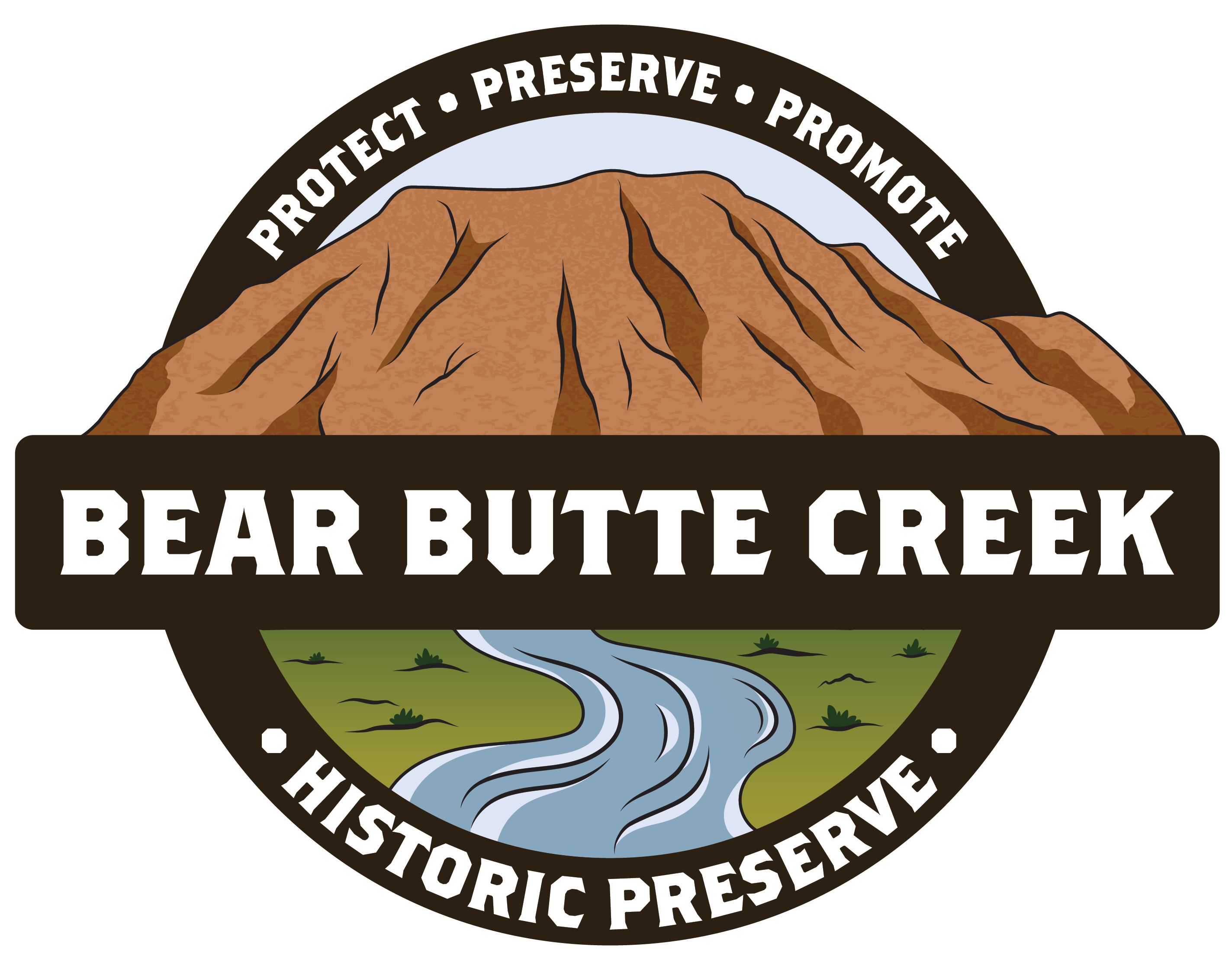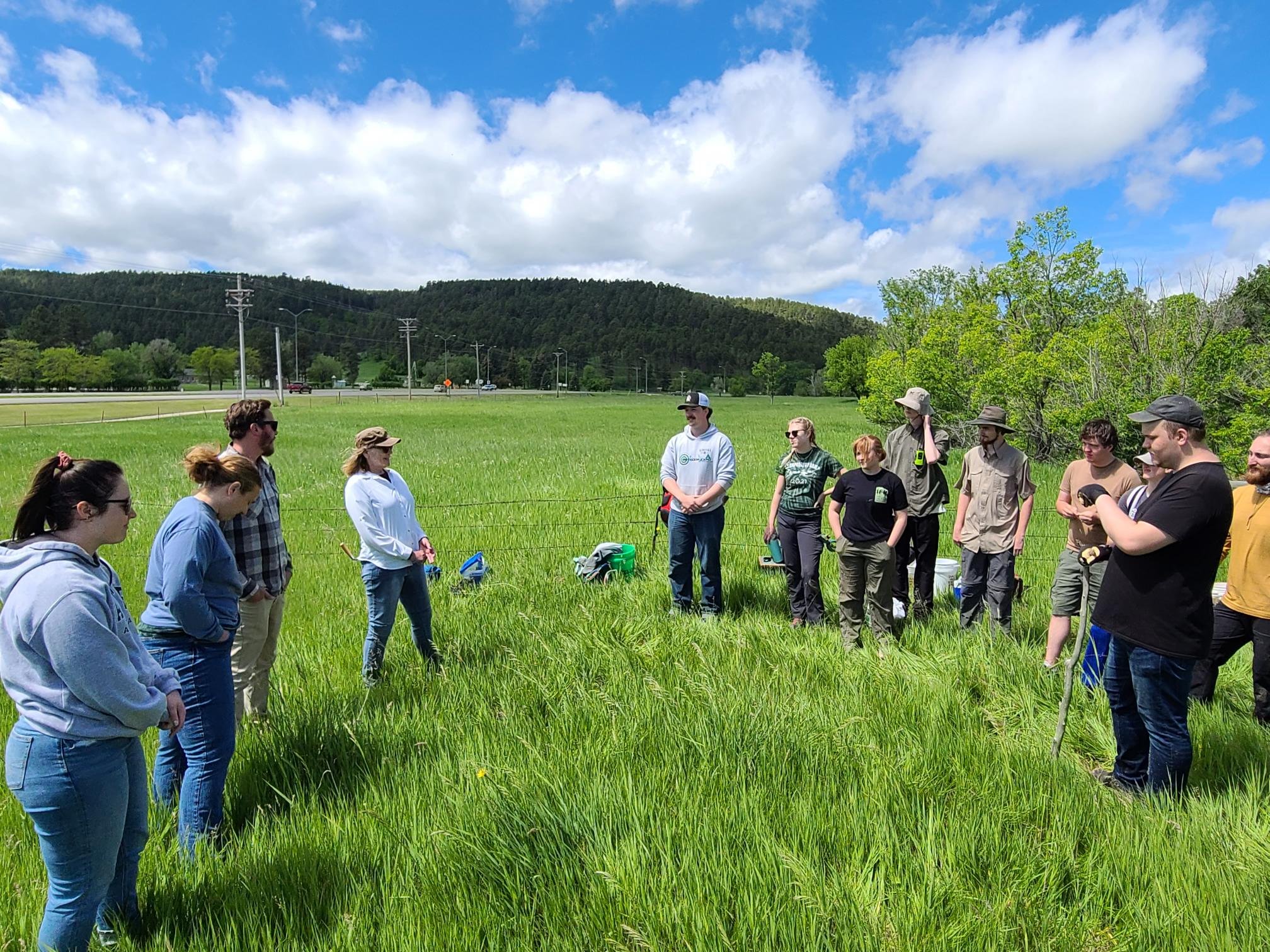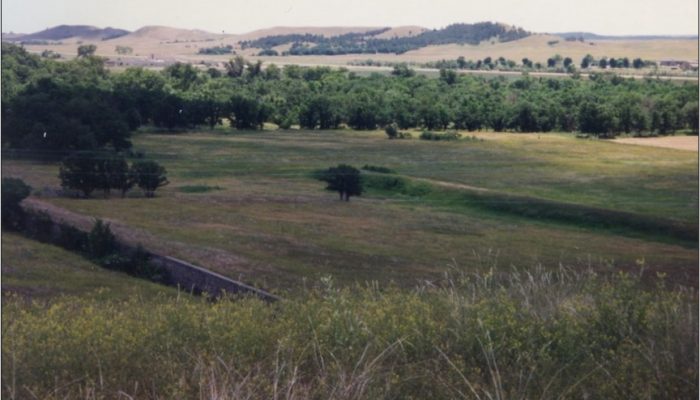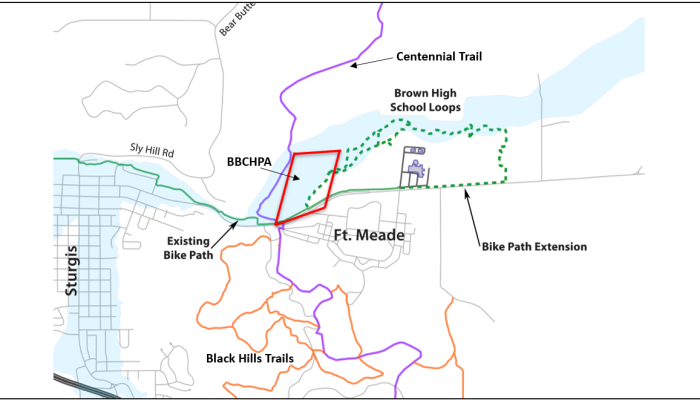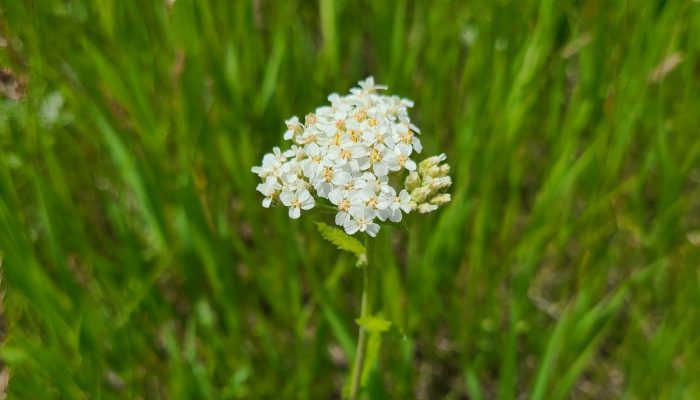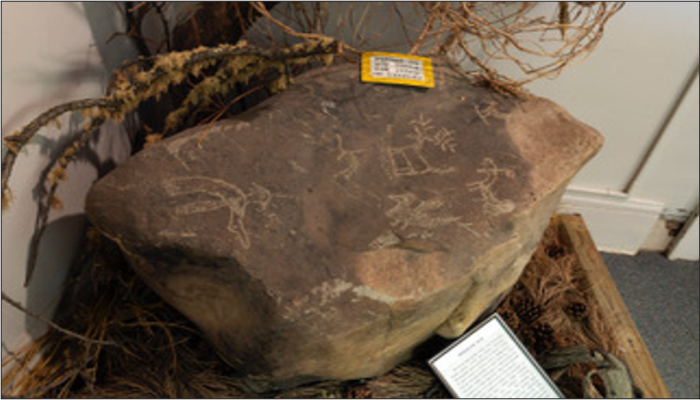Project Info
Project Description
One of the more interesting aspects of the Bear Butte Creek Historic Preserve is an area called “Soap Suds Row,” a general term used at Western frontier forts where civilian laundresses worked to wash the soldiers’ uniforms. About 13 homes and possibly tents occupied this area.
History
Archaeology findings
“Exploratory Investigations at Soapsuds Row, 2023 Field Season,” by Dr. Linea Sundstrom
University of South Dakota Archaeology Work, 2022
On June 7, 2022, a team of students from the University of South Dakota visited the Bear Butte Creek Historic Preserve and conducted a field survey. Led by archeology Associate Professor Tony Krus, ten students spent a week preparing the site for a larger dig to take place this September.
Dr. Linea Sundstrom of Custer spoke to the group describing some of the history of the area and an overview of the type of archeology to be done at the Soap Suds Row area.
Ross Lamphere used a backhoe to dig out part of the embankment, or terrace, on which Soap Suds Row sits. The cut in the embankment exposed a stratigraphic soil profile for the students to
document, which will provide a reference for future digs. Sundstrom’s husband, Dr. Glen Fredlund explained the soil geomorphology exposed in the cut.
Three soil “horizons,” labeled A, B and C were exposed, with the current soil layer on top, a second layer that is about 1000 to 1200 years old, and a possible third layer that is around 4000 years old.
According to Sundstrom, the horizon layers that were stable long enough to form soil are more likely to have had human activity, and will therefore be the main targets of future digs. Between the horizons are other layers of gravel, which would have presumably been deposited by past floods of Bear Butte Creek.
Coincidentally, the dig took place exactly 50 years after the great 1972 flood, and the group experienced their own thunderstorm deluge during the week they were here. The ’72 flood did not touch the terrace on which Soap Suds Row sits, as evidenced by the some of the depressions in the ground where some of the 13 or so laundress houses stood.
[masterslider id=”2″]
